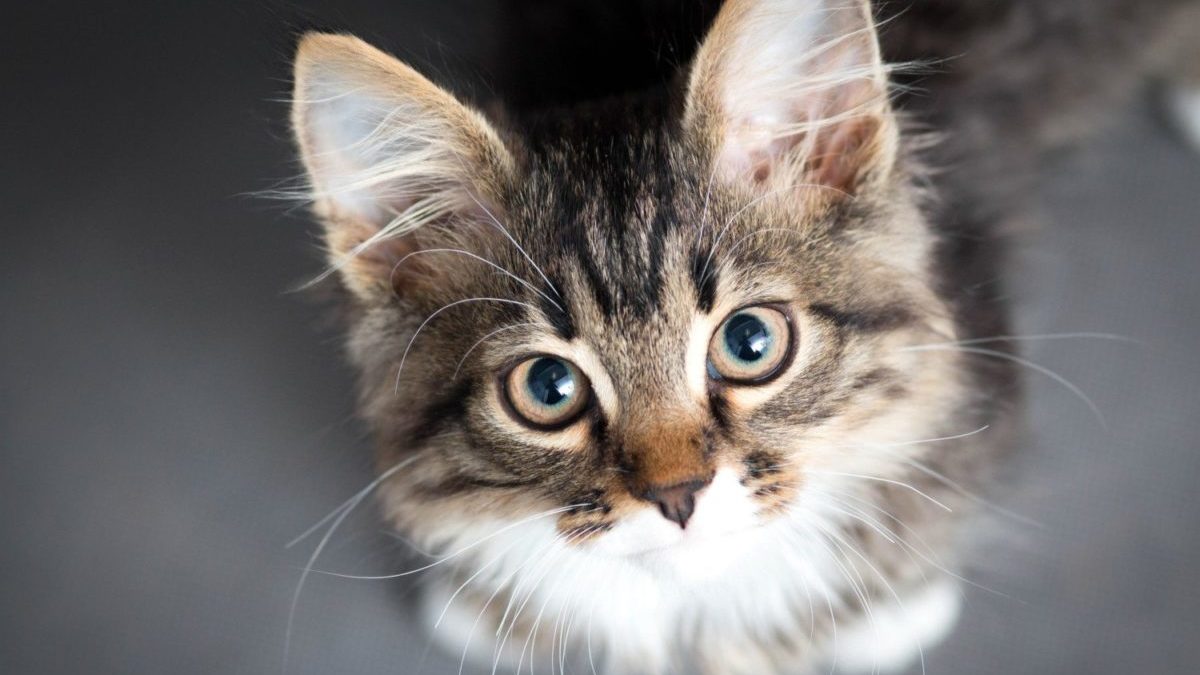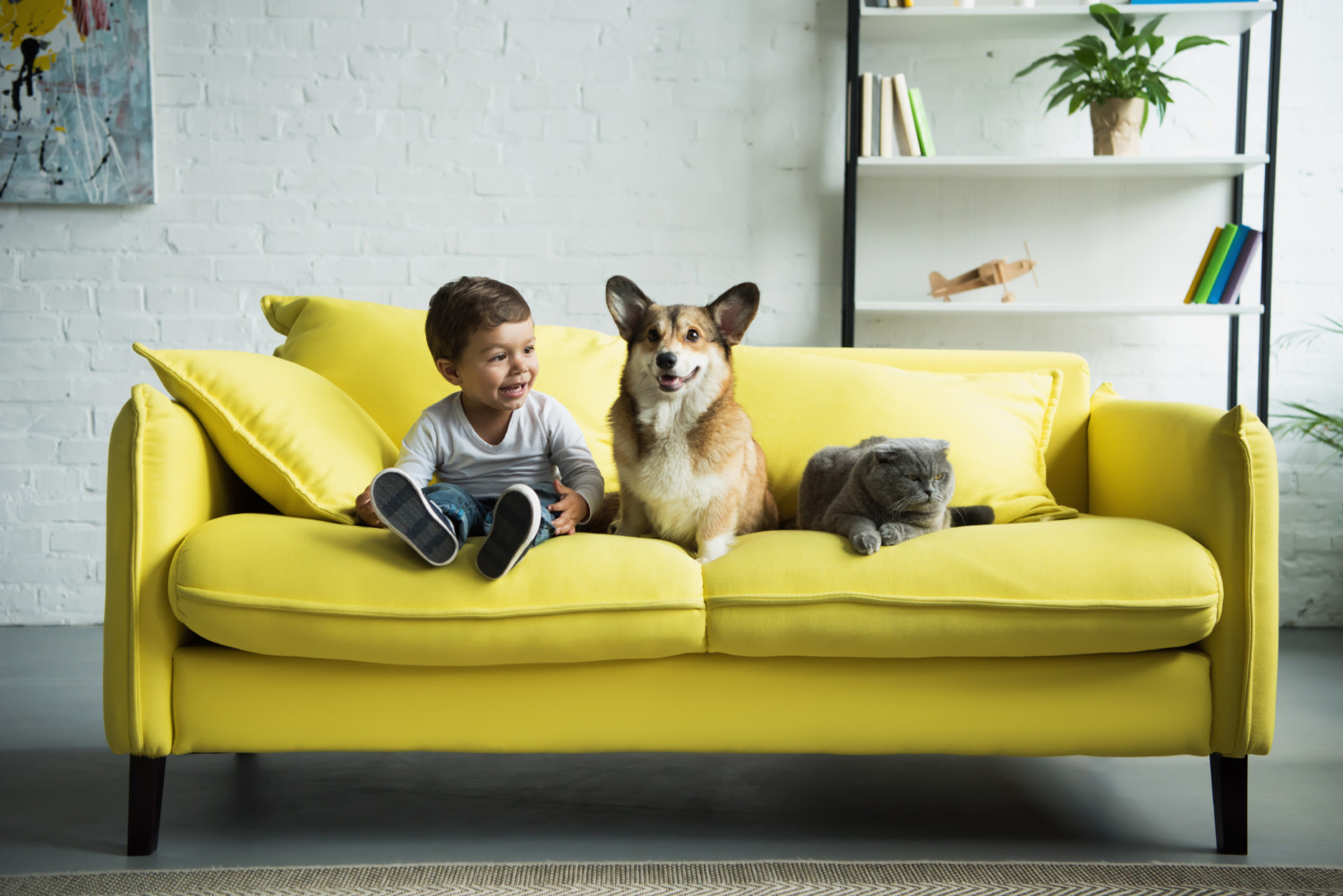Dogs are fanatically attached to their humans; cats are aloof. Dogs are goofy and happy to the point of irritation. Cats? Chilly and mysterious.
Do these stereotypes sound familiar? If so, prepare to have your pet preconceptions turned upside down.
A 2019 study by researchers at Oregon State University found that cats’ attachment to their human caregivers is far stronger than initially thought, blowing up the idea that cats mostly use their people as a food delivery service.
The study tested the cats using criteria developed for primates, including humans, and for dogs. Called a “secure base test,” the experiment labels the different responses animals display when left alone without their familiar caregiver for a few minutes.

The idea is that the test subjects will react in different ways to the return of their friend, depending on their level of attachment to that person.
For example, an animal with a secure bond will display reduced stress signals, but will continue to explore and enjoy their unusual surroundings. Animals leaning toward the insecure end of the spectrum, by contrast, might desire constant contact with their person when they return.
Worse, the animal might avoid the person completely. Or just not know what to do at all, and show a range of contact-seeking/avoiding behavior.
The team found that 64.3% of their feline test subjects — all of whom were 3- to 8-month-old kittens — appeared to be securely attached to their caregivers. That’s about the same as the percentage for dogs and human babies!

Even after the test kitties and their owners took a training-and-socialization course, the attachment responses remained about the same. This led the study authors to conclude that factors other than socialization — like, simply, the cat’s unique temperament — must have an effect on cats’ attachment styles.
In addition, the researchers noted that they’re using standards developed for totally different species. Cat-centered criteria would yield even more insights on cats’ social bonds.
Of course, this is probably unsurprising to the owners of the U.S.’s 58 million cats. They know their kitties — and those sweet snuggles and purrs are fur real!
This story originally appeared on Simplemost. Checkout Simplemost for additional stories.


